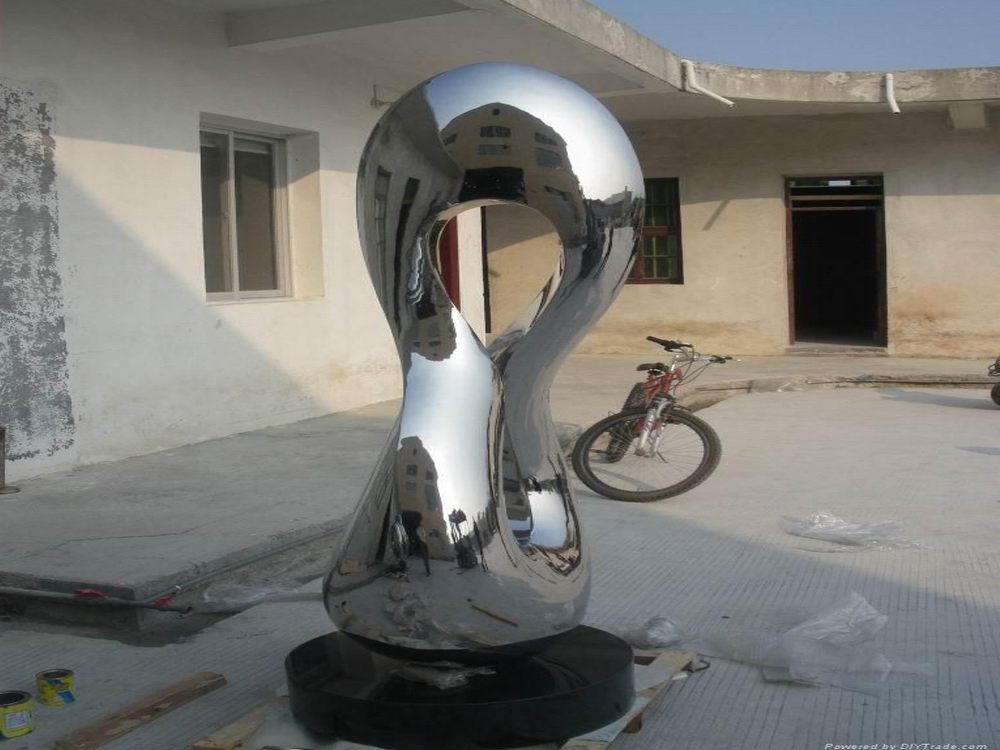
Bronze sculptures play a pivotal role in shaping the experiential narrative of public art trails or walks, transforming ordinary pathways into immersive cultural journeys. These enduring artworks serve as visual anchors, inviting viewers to engage with history, mythology, or local heritage through tactile and aesthetic encounters. Unlike temporary installations, bronze's longevity allows sculptures to become landmarks, fostering community identity across generations.
The material's rich patina and weighty presence command attention, encouraging slower observation that aligns perfectly with the contemplative pace of art walks. Many bronze pieces incorporate interactive elements—textures to touch, hidden details to discover—deepening visitor participation. Some trails use sculpture placement to guide movement, creating rhythm and surprise along the route.
Artists often design bronze works specifically for their trail context, responding to surrounding architecture, natural features, or historical events. This site-specific approach makes each sculpture an essential chapter in the trail's unfolding story. The medium's versatility accommodates everything from figurative realism to abstract forms, allowing diverse artistic voices to contribute to the narrative.
By weathering gracefully over time, bronze sculptures document the passage of seasons and decades, adding temporal depth to the visitor experience. Their reflective surfaces even incorporate viewers into the artwork momentarily, creating personalized connections. For communities, these sculptures become storytelling devices—markers of collective memory that make art trails not just routes to walk, but stories to inhabit.

